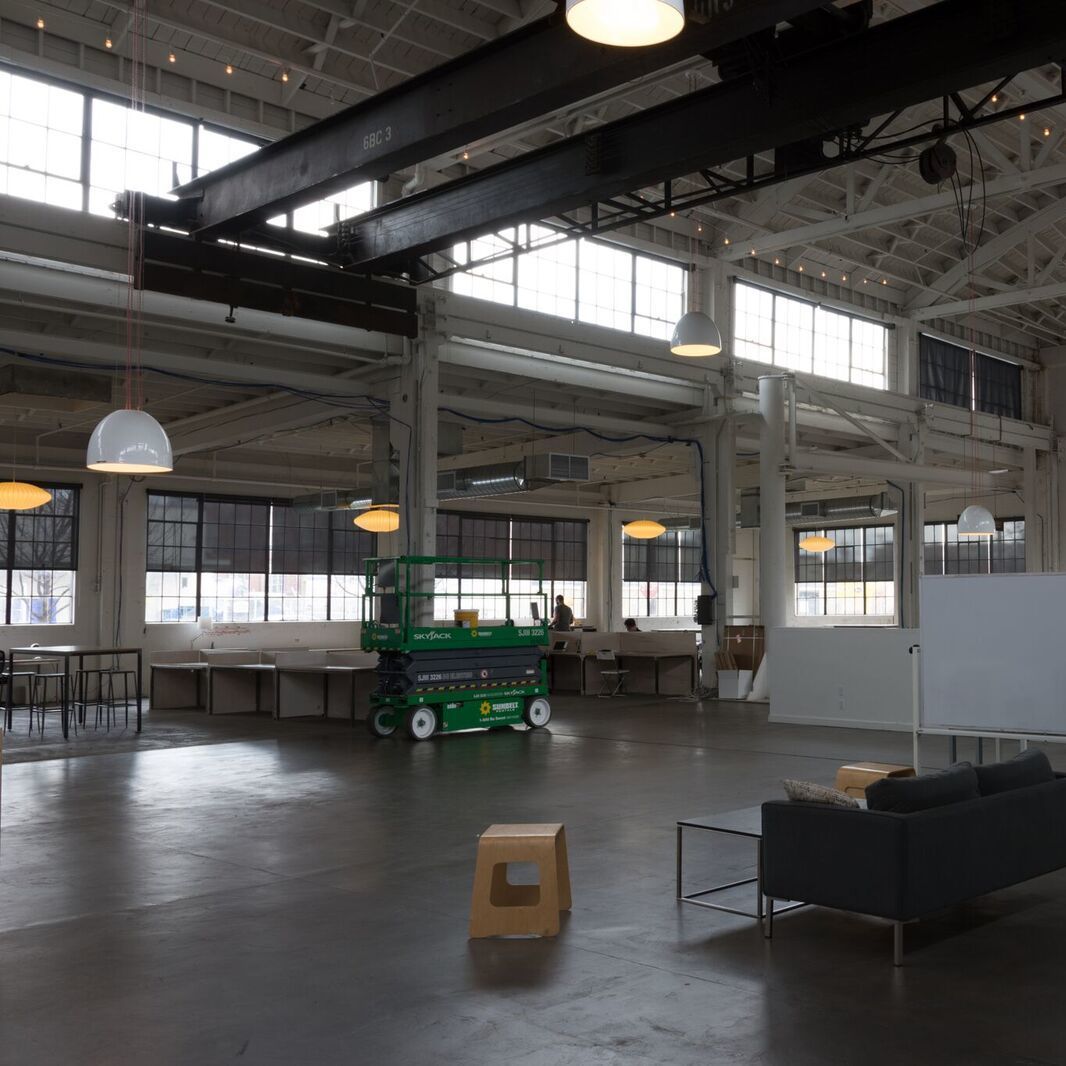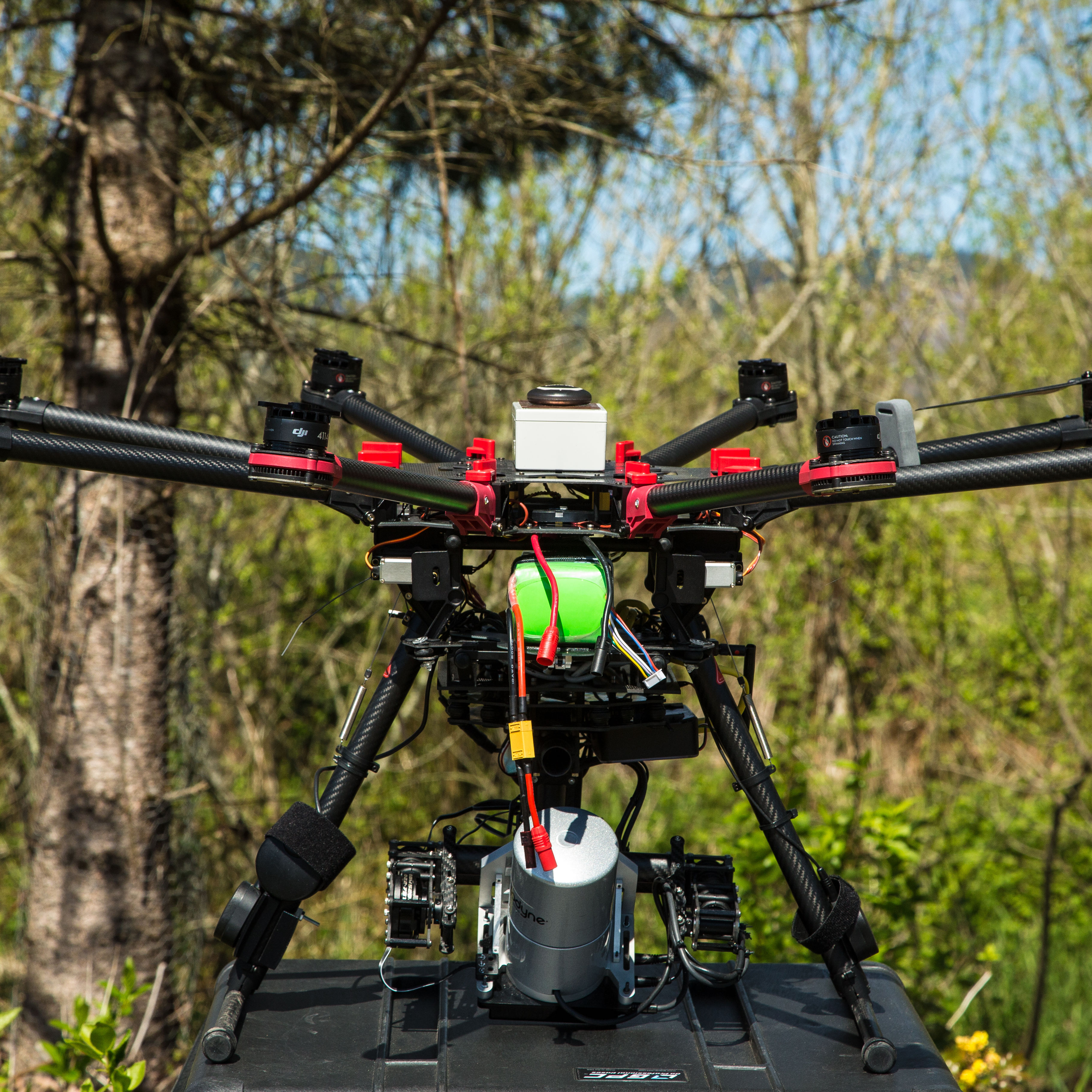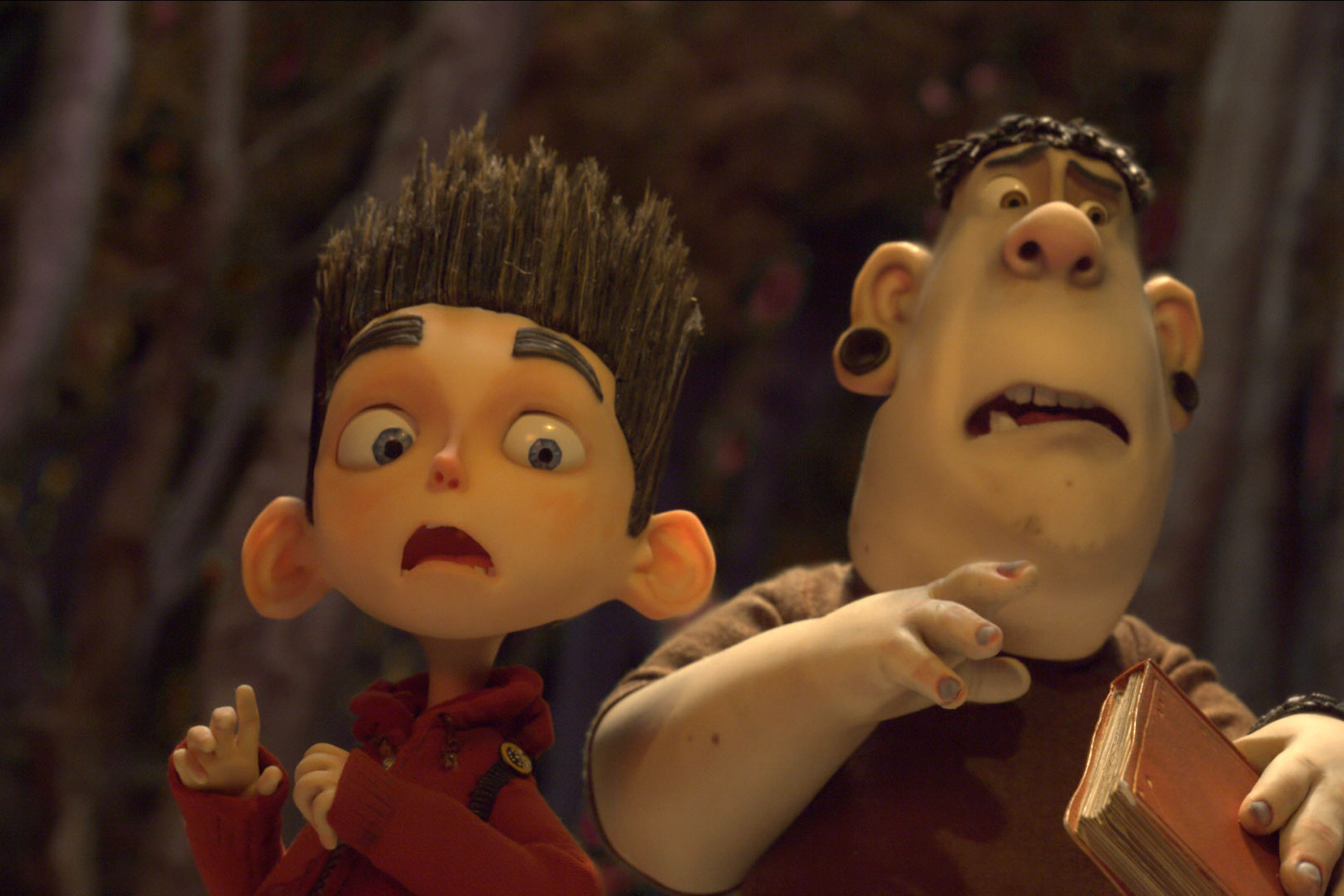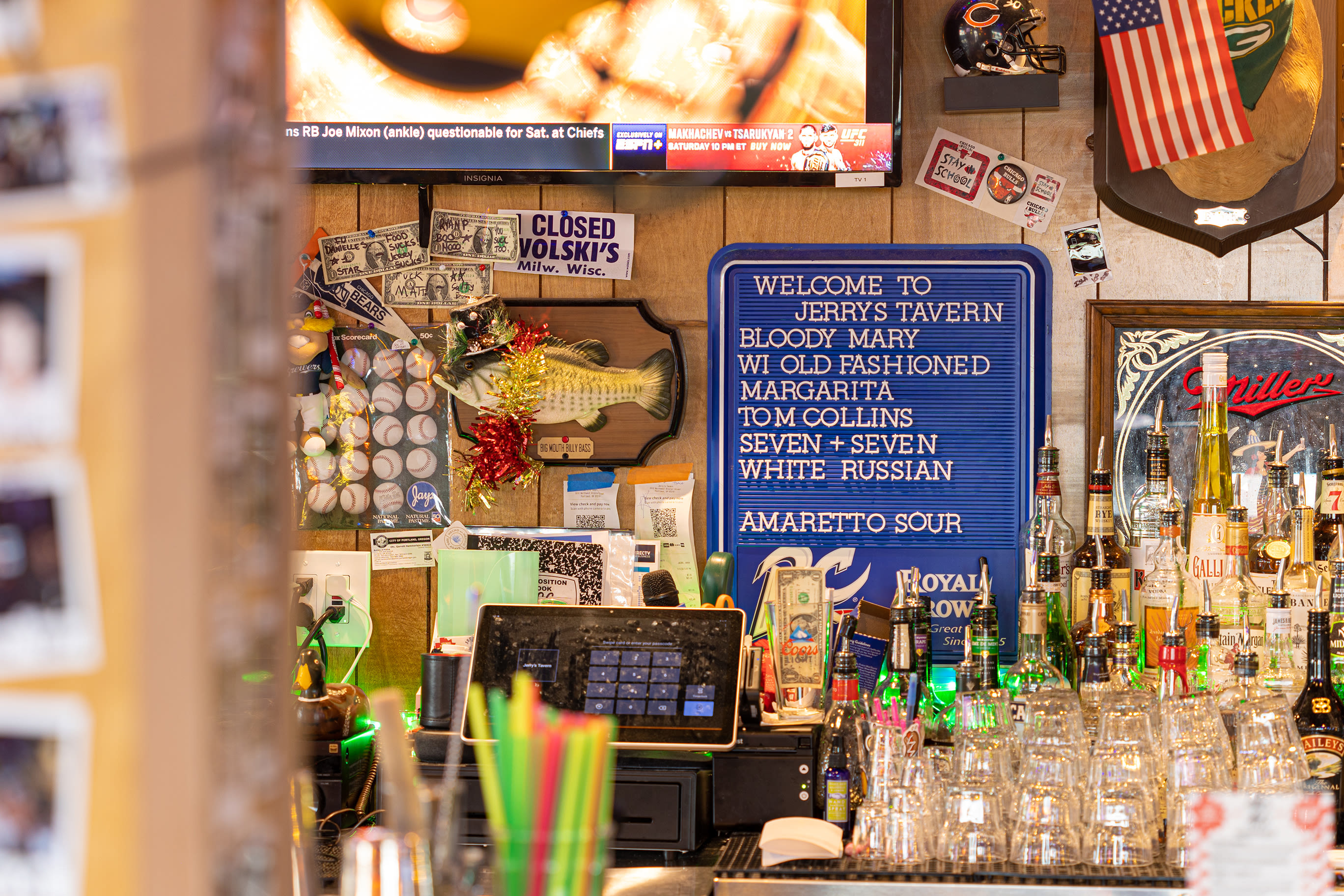A Furry, Confused, Emotionally Demanding Robot Is Wandering the Halls of Wieden & Kennedy
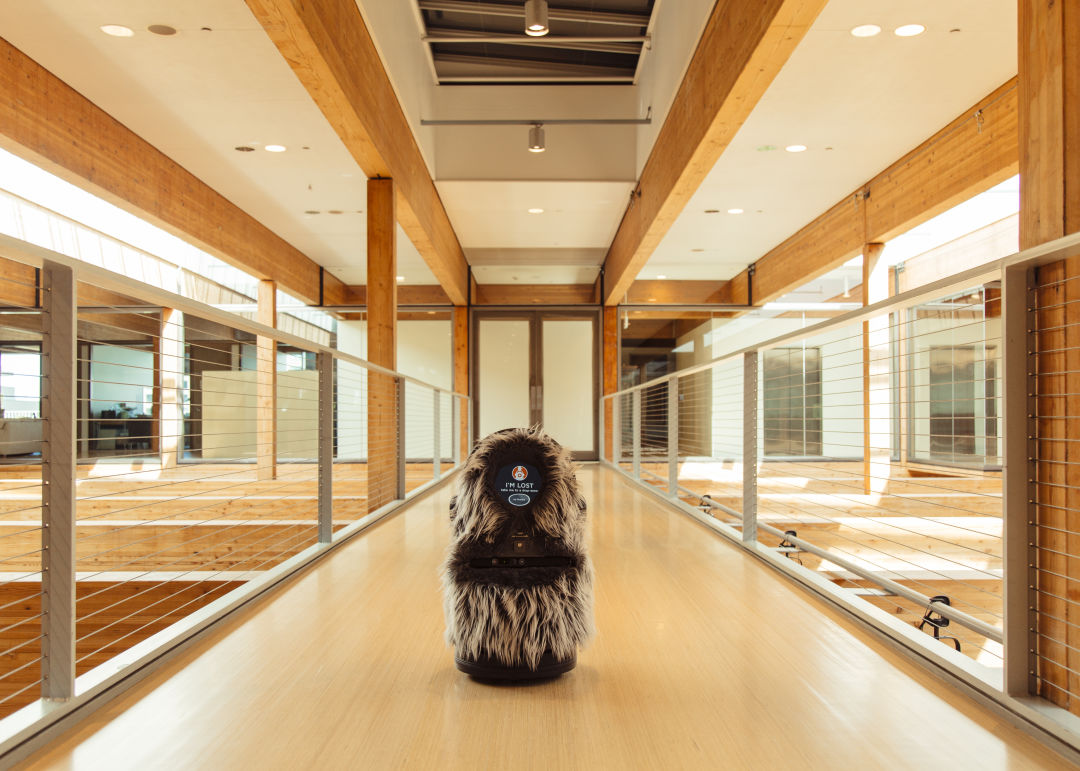
Image: Wieden & Kennedy
Needybot is stuck against a table in a hallway of Wieden & Kennedy’s Pearl District headquarters. The wheels hidden within Needy’s two-foot-tall, fake-fur-covered body whir.
“Now, see, this is somewhat distressing,” says Nilesh Ashra, director of creative technologies and one builder of Needybot. “What do people do when they see this? Will they help?”
He picks the robot up by its head-top handle. “Needy is kind of lost,” the robot moans in a small, disarming voice. Needybot has roamed WK of late being—no offense, Needybot—mostly useless, programmed with just one mission: to meet as many WK employees as possible. Along the way, Needy has many misadventures.
Wieden & Kennedy’s technology group, the Lodge, created the no-handed robot as an experiment in robot/human relations. Needy constantly asks for help—help finding new friends, help with stairs, help distinguishing people from dogs. “We usually think of robots as highly proficient—doing something for people very well, again and again,” Ashra says. “The idea of a robot that needs help with everything is very compelling.”
“Could we take the coldest type of technology,” adds Paulo Ribeiro, business director of the Lodge, “and make it really needy?”
The Lodge built Needy from aluminum rods, held together with precision-angled joints from the in-house 3-D printer. Onboard heat sensors allow the robot to find and follow people. (“Or,” Ribeiro says, “mistake a dishwasher for a person.” Needybot!) Needy speaks 6,000 lines of recorded dialogue; humans, despite a seemingly universal urge to talk back, respond via Needy’s touchscreen. Software lets the robot navigate WK’s walkways, verandas, and desk pods slowly but well, uncharted tables excepted.
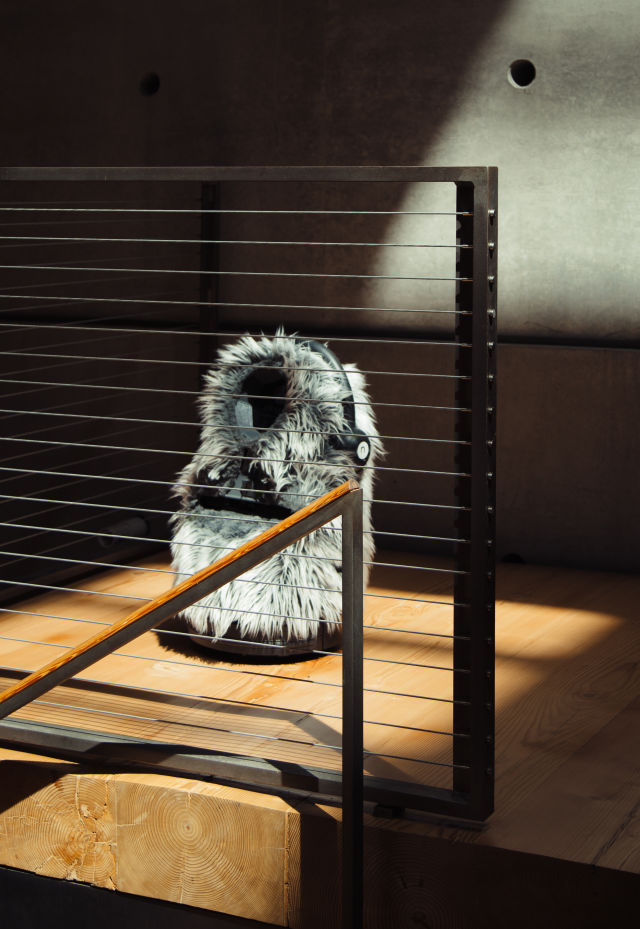
Image: Wieden & Kennedy
Needy’s soul could be described as a work in progress. “Technology constantly makes demands of us,” Ashra says. “Can it be charming?”
Needy sings birthday songs. Needy will meditate with you, its screen becoming a restful waterfall for one minute. Those seeking Needy can summon it via Slack. (Note: Needy is nongendered. Everyone seems to use “he/him” anyway. Maybe someday Needy will choose its own pronouns.) When lost, Needy plaintively asks all passersby to take it to a “drop zone,” one of several designated spots where RFID cards update Needy’s location. Sometimes it bursts into a fun ditty: “Highway to the drop zone! Drop zone!”
But basic time with Needybot goes like this: a thing that evokes an erotic fan-fiction encounter between R2-D2 and an Ewok rolls up and asks if it knows you. Kneel for Needy’s camera eye, and Needy might indeed know you, though during my visit Needy kept mistaking Ashra for a guy named David.
Needy then asks for help finding someone else it wants to meet. This can lead to all manner of workplace hilarity, but it’s how Needy builds its social network. And eventually, Needy’s creators hope knowledge of WK’s 600-some Portland employees will fuel new—and potentially more fraught—missions.
“We want to design a project around trust,” says Maxwell Folley, the project’s creative technical lead. “Needy is kind of a naive puppy. Maybe it’ll get a little bit cynical.”
“Needy could think, ‘I know Zach,’” Ashra elaborates, imagining future awkwardness, “but does Zach always tell me the truth?”
For WK, Needybot is a chance to flaunt some tech chops and glean behavioral insights. But there are, of course, deeper questions. Will Needy always need us? Will we, one day, need Needy? When you see a future Needy struggle, will you lend your human hand?



